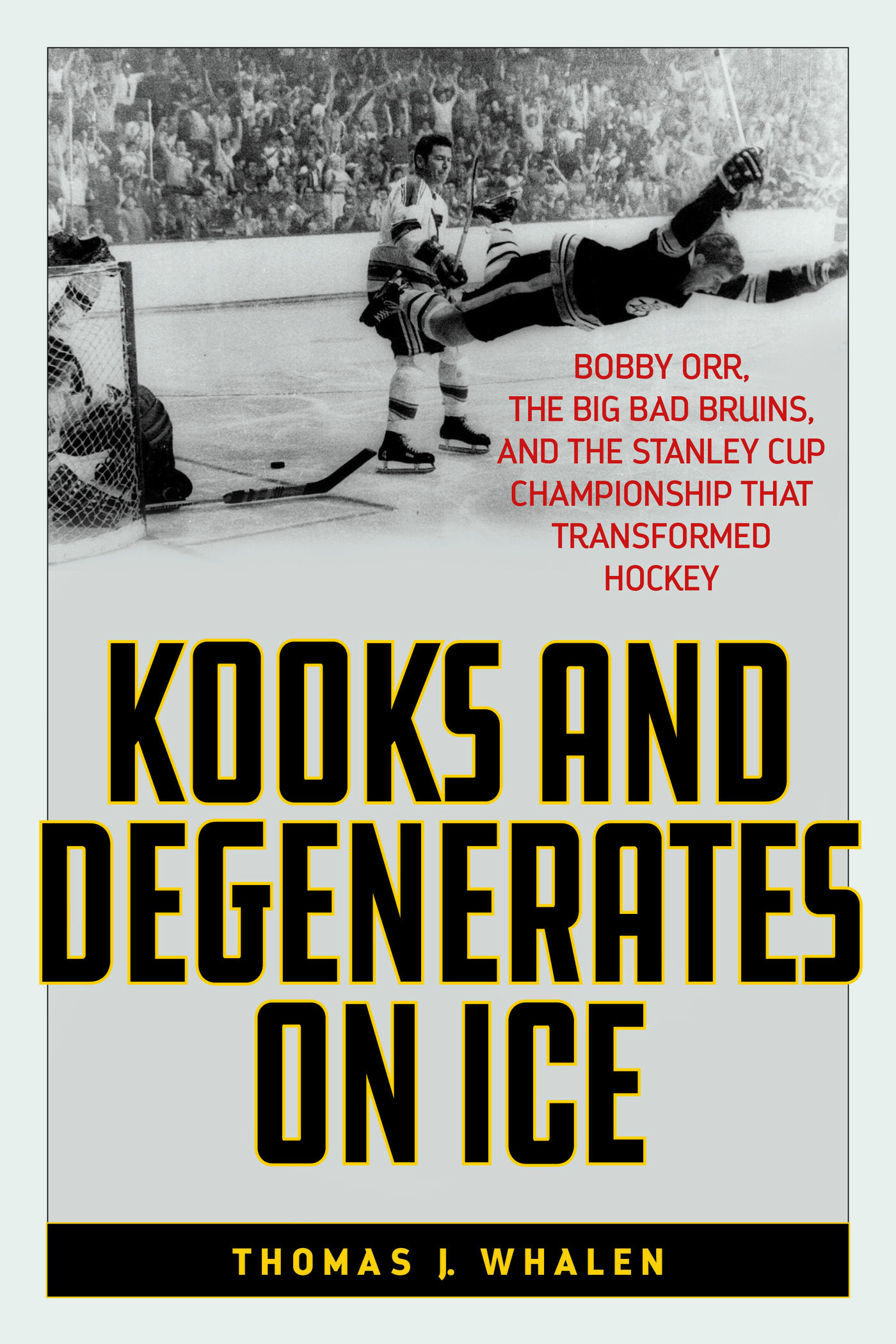Kooks and
Degenerates on Ice
Kooks and
Degenerates on Ice
Bobby Orr, the Big Bad Bruins, and the Stanley Cup Championship That Transformed Hockey
Thomas J. Whalen
ROWMAN & LITTLEFIELD
Lanham Boulder New York London
Published by Rowman & Littlefield
An imprint of The Rowman & Littlefield Publishing Group, Inc.
4501 Forbes Boulevard, Suite 200, Lanham, Maryland 20706
www.rowman.com
6 Tinworth Street, London SE11 5AL
Copyright 2020 by The Rowman & Littlefield Publishing Group, Inc.
All rights reserved. No part of this book may be reproduced in any form or by any electronic or mechanical means, including information storage and retrieval systems, without written permission from the publisher, except by a reviewer who may quote passages in a review.
British Library Cataloguing in Publication Information Available
Library of Congress Cataloging-in-Publication Data
Names: Whalen, Thomas J., 1964 author.
Title: Kooks and degenerates on ice : Bobby Orr, the big bad Bruins, and the Stanley Cup championship that transformed hockey / Thomas J. Whalen.
Description: Lanham, Maryland : Rowman & Littlefield, 2020. | Includes bibliographical references and index. | Summary: This book celebrates the 196970 Boston Bruins. While the country seethed from racial violence, war, and mass shootings, the Big Bad Bruins, led by the legendary Bobby Orr, brushed off their perennial losing ways to advance to the playoffs and defeat the St. Louis Blues in the Stanley Cup Finals for their first championship in 29 yearsProvided by publisher.
Identifiers: LCCN 2019048435 (print) | LCCN 2019048436 (ebook) | ISBN 9781538110287 (cloth) | ISBN 9781538110294 (epub) | ISBN 9781538155936 (paper)
Subjects: LCSH: Boston Bruins (Hockey team)History. | Orr, Bobby, 1948 | Stanley Cup (Hockey) (1970)
Classification: LCC GV848.B6 W53 2020 (print) | LCC GV848.B6 (ebook) | DDC 796.962/64dc23
LC record available at https://lccn.loc.gov/2019048435
LC ebook record available at https://lccn.loc.gov/2019048436
 TM The paper used in this publication meets the minimum requirements of American National Standard for Information Sciences Permanence of Paper for Printed Library Materials, ANSI/NISO Z39.48-1992.
TM The paper used in this publication meets the minimum requirements of American National Standard for Information Sciences Permanence of Paper for Printed Library Materials, ANSI/NISO Z39.48-1992.
In loving memory of
Herman T. Whalen,
inspirational dad and hockey player extraordinaire
Preface
In the pantheon of all-time Boston sports greats, none is bigger than Theodore Samuel Williams. The last man to hit .400 in a Major League Baseball season, the famously temperamental Red Sox slugger won six batting titles and hit 521 homers in a brilliant 19-year career that spanned from the New Deal era of the 1930s to the dawn of the Space Age in the 1960s. I wanted to be the greatest hitter who ever lived, he wrote in his autobiography, My Turn at Bat, with John Underwood. Williams had long since accomplished that goal when he sat down for a live 1992 television interview with fellow Beantown legends Larry Bird of the Celtics and Bobby Orr of the Bruins.
This once-in-a-lifetime gathering of athletic prowess had been put together by local sports broadcaster Bob Lobel for a popular weekly show he hosted called Sports Final. A usually breezy performer in front of the camera, Lobel was all nerves on this particular day. Thats because I was the only one who could screw it up, Lobel said years later. Even if they sat there and no one said a thing, it was going to be an amazing shot. Lobel rose to the occasion, however, and engaged the three superstars in a lively and entertaining discussion of their individual careers and achievements. But something curious happened when a video played of a leaping Orr scoring the series-winning goal in the 1970 Stanley Cup Finals, an iconic moment that has been immortalized in a larger-than-life bronze statue at the western entrance to Bostons TD Garden, the current home of the Bruins. Williams, never one for subtlety, could not resist needling Orr about this career-defining act. Jesus, I see that goal all the time! he exclaimed. Is that the only goal you ever scored?
The Goal is emblematic of the uniquely talented Orr and the uniquely talented hockey club he played forthe Big Bad Bruinswhich, according to one historian, launched a thousand hockey rinks and sparked the explosion of the game in the United States. Indeed, most of the gold medalwinning 1980 Miracle on Ice U.S. mens Olympic hockey teamincluding Massachusetts-raised members Mike Eruzione, Jack OCallahan, and Jim Craighad grown up watching CBS network telecasts of their contests in the late 1960s and 1970s. At a time when the sport was dominated almost exclusively by Canadians, Eruzione, OCallahan, and Craig were inspired to go out and elevate their games to a higher level. They were not the only ones. Such future NHL stars with local roots as Bobby Carpenter, Tom Barrasso, and Mike Milbury were similarly roused. The city was in a Bruins fog, Milbury told author Fluto Shinzawa in The Big 50: The Men and Moments That Made the Boston Bruins.
Its hard to describe. Peoplefamily and friendswould gather on a Thursday night to watch the game. The next day, that was the discussion. There was always something to discuss. They were one of the great entertaining teams of all time.... Cult-like is the best way to describe it. People were consumed with the Bruins.
The following pages tell their story and the amazing year they became champions.
Chapter 1
1970
The nation appears to be coming apart at the seams and not even the sport of hockey can escape the tide of events.
Houston, weve had a problem. Apollo 13 commander Jim Lovell uttered these famous words to Houston Mission Control two days after he and fellow astronauts Jack Swigert and Fred Haise blasted off in their Saturn 5 rocket from Cape Kennedy, Florida, on April 11, 1970. The crews destination was the moon, but two hundred thousand miles into their journey, they heard a loud bang that set off an array of warning lights inside the cramped confines of their Odyssey command module. It really was not until I looked out the window and saw the oxygen venting from the rear of my space craft that I knew we were in serious trouble, Lovell later said. Indeed, an attached oxygen fuel tank had exploded, draining the vessels air supply and electrical power to critically low levels. Apollo 13s scheduled landing on the moon, which was to be the third in history, had to be scratched. The mission now became one of life-or-death survival. It seems almost more than human nerves [can] take, the New York Times commented. Only through the unruffled courage displayed by the crew and the brilliant technical assistance provided by the flight control team on the ground was disaster avoided. On April 17, Odyssey splashed down in the Pacific Ocean with everyone on board safe and unharmed. One of the most beautiful sights we saw was the sight of the earth getting bigger as we came back, Swigert said.
The Apollo 13 miracle provided one of the few bright spots in 1970, an otherwise bleak year that produced war, massive protests, political scandal, and seething cultural unrest. And caught in its unforgiving, inexorable grasp was Richard M. Nixon. Elected by a narrow popular margin in 1968, the dour, stooped-shouldered 37th president of the United States had campaigned on the promise of ending the Vietnam Waran unpopular conflict he had inherited from his Democratic predecessor that was being fought half a world away in Southeast Asia. The war, which pitted a corrupt and hopelessly inept U.S.-backed regime in South Vietnam against a stronger, Communist-led one in the north, had been raging for several long years at the cost of tens of thousands young American lives. Publicly, Nixon said he wanted to achieve a peace with honor, but privately the Republican conceded he wanted to cut U.S. losses and leave Vietnam as soon as possible. To square this almost impossible political circle, Nixon announced a policy of Vietnamizationa plan in which we will withdraw all our forces from Vietnam on a schedule in accordance with our own program, as the South Vietnamese become strong enough to defend their own freedom.
Next page
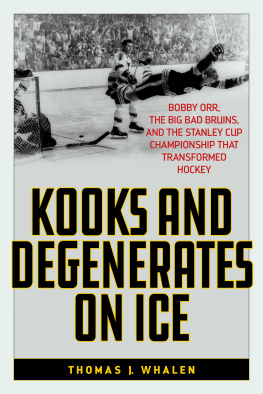
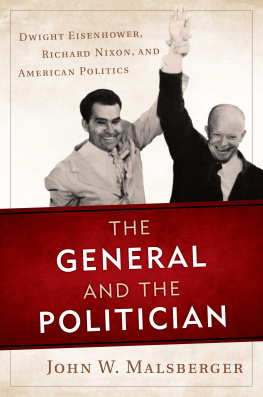
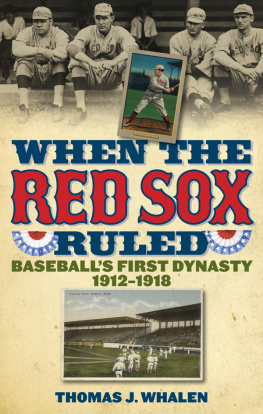



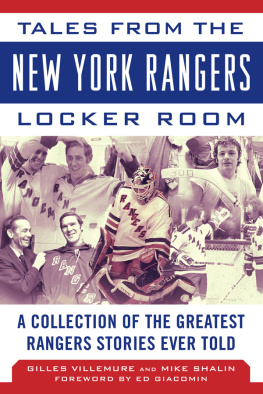
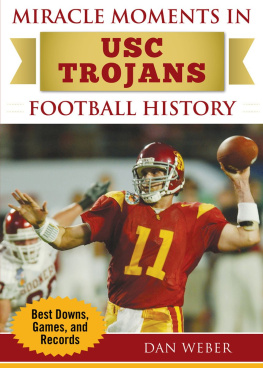

 TM The paper used in this publication meets the minimum requirements of American National Standard for Information Sciences Permanence of Paper for Printed Library Materials, ANSI/NISO Z39.48-1992.
TM The paper used in this publication meets the minimum requirements of American National Standard for Information Sciences Permanence of Paper for Printed Library Materials, ANSI/NISO Z39.48-1992.